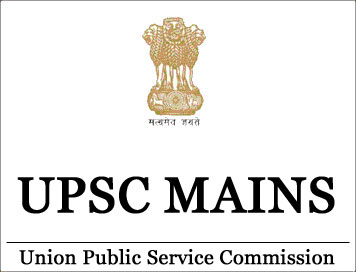
(Download) CS (MAIN) EXAM:2018 ANIMAL HUSBANDRY (Paper I)
Exam Name: CS (MAIN) EXAM:2018 ANIMAL HUSBANDRY (Paper I)
Marks: 250
Time Allowed : Three Hours
SECTION-A
1. Answer the following questions in about 150 words each: 10x5=50 marks
(a) Describe different types of calorimetry.
(b) Define Al and mention the advantages and disadvantages of Al.
(c) Give diagrammatic representation of kidney and narrate its functions.
(d) Write BIS specifications of nutrient requirements for chicken.
(e) Mention digestive organs and their role in food digestion in monogastric animals.
2. a) Differentiate between the following: 4x5=20 marks
(i) Probiotics and Prebiotics
(ii) Fatty liver and kidney syndrome (FLKS) and fatty liver and haemorrhagic syndrome (FLHS)
(iii)Protein efficiency ratio and Net protein utilization
(iv) Green fodder and Straws
(v) Metabolic faecal nitrogen and Endogenous urinary nitrogen
(b) Write in brief on the following: 4x5=20 marks
(i) Nutrient-parasite interrelationship
(ii) The role of vitamin D in calcium absorption
(iii) Feeding schedule for breeding bulls
(iv) Blood-brain barrier
(v) Growth curve
(c) Write the causes and management of repeat breeding cases in cows. 10 marks
3.(a) Write the chemical nature, physiological functions and deficiency symptoms of vitamin A in animals. 10 marks
(b) Mention different haernatobiochemical tests in relation to disease diagnosis in animals. 20 marks
(c) Write the physicochemical properties of ejaculated semen in domestic animals. 10 marks
(d) Write in detail the factors affecting water requirements of animals 10 marks
4(a) Define balanced ration. Write desirable characteristics of ration. 15 marks
(b) Discuss the factors affecting digestibility of feeds. 15 marks
(c) Mention different metalloenzymes and their functions in livestock 15 marks
(d) Discuss different methods of oestrus detection in animals. 15 marks
section-B
5.Answer the following questions in about 150 words each : 10x5=50 marks
(a) Write about the structure and functions of ribosomal RNA.
(b)Discuss about modificd Mendelian ratio in monohybrid cross with examples
(c) Write a short note on stall-feeding of goats.
(d) Write about the advantages and disadvantages of DNA vaccines.
(e) Write in detail about the constraints in transfer of technology to the farmers.
6. a) Explain sex-linked inheritance and sex-influenced inheritance with suitable example. 20 marks
(b) Describe the managemental practices to be adopted during the transport of dairy cattle through rail and roads. 10 marks
c) How do systematic processes affect the gene and genotypic frequency? Explain. 20 marks
7. (a) Enumerate the theories of sex determination and explain genic balance theory. 10 marks
(b) Discuss quarantine measures to be adopted for newly purchased animals . 10 marks
(c) Write in detail about the preparation of metaphase chromosome spread through peripheral blood leucocyte culture for chromosome analysis. 20 marks
(d) What are the modern management practices for enhancing productivity of pig? 10 marks
8. (a) Write in detail about the components of variance. 15 marks
(b) Discuss various managemental practices to be adopted to ameliorate heat stress during summer for dairy cattle. 15 marks
(c) Discuss in detail about different animal husbandry programmes for rural development in India. 15 marks
(d) Write about breed characteristics of Madras Red Sheep. 5 marks